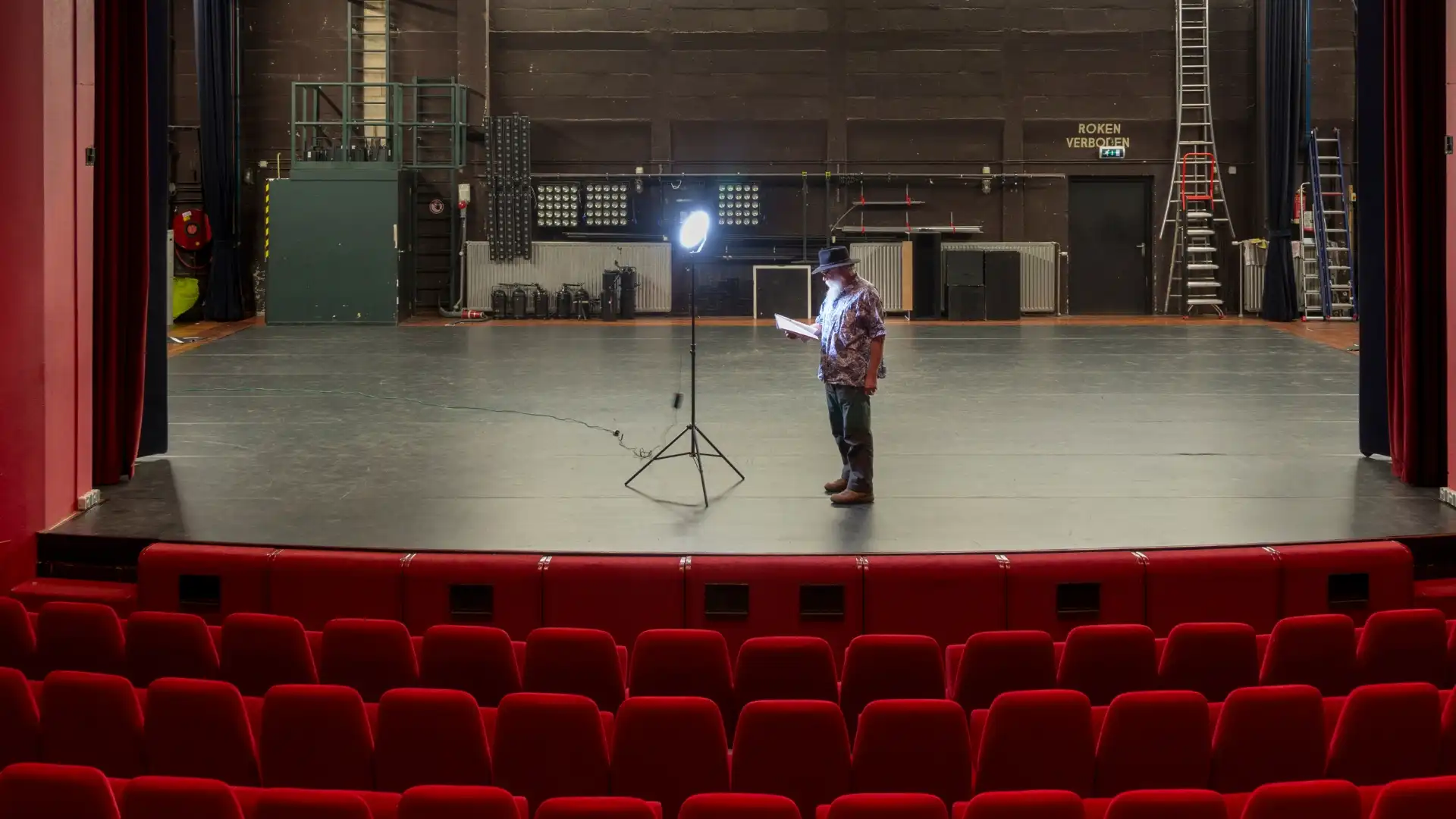Symbolism and metaphor play crucial roles in animation, enriching storytelling and offering audiences deeper layers of interpretation. In the realm of animation, these artistic devices serve as powerful tools that convey complex ideas, emotions, and themes in a visually engaging manner.
By weaving symbolism and metaphor into their narratives, animators can evoke profound meanings and create resonant connections with viewers. This blog post delves into the impact of symbolism and metaphor in animation on storytelling and audience interpretation.
Setting the Stage: Understanding Symbolism and Metaphor in Animation
Symbolism in animation involves using objects, colors, or characters to represent abstract concepts or ideas. Metaphor, on the other hand, involves drawing comparisons between two seemingly unrelated elements to convey a deeper meaning. Together, these devices add depth and complexity to animated narratives, inviting viewers to engage with the story on multiple levels.
In animation, every visual element has the potential to carry symbolic significance. For example, the use of light and shadow can represent the contrast between good and evil, while recurring motifs like clocks or mirrors can symbolize the passage of time or self-reflection. By incorporating these symbols thoughtfully, animators can imbue their work with layers of meaning that resonate with audiences long after the credits roll.
The Power of Symbolism and Metaphor in Storytelling
One of the key advantages of using symbolism and metaphor in animation is their ability to convey complex themes and emotions in a condensed and visually compelling way. Through the strategic placement of symbols and metaphors, animators can communicate nuanced ideas that may be difficult to express through dialogue alone.
Consider the use of color symbolism in animation. In many cultures, certain colors are associated with specific emotions or concepts. For instance, the color red often symbolizes passion, anger, or danger, while blue is commonly linked to tranquility, sadness, or freedom. By leveraging these cultural associations, animators can enhance the emotional impact of their stories and create a more immersive viewing experience for audiences.
Furthermore, symbolism and metaphor can help animators tackle challenging or sensitive topics with grace and subtlety. By using symbolic imagery or metaphorical language, creators can address complex issues such as loss, identity, or social injustice in a way that is accessible to viewers of all ages. This allows animation to serve as a powerful vehicle for storytelling that transcends language barriers and cultural divides.
Audience Interpretation: Unpacking the Layers of Meaning
One of the fascinating aspects of symbolism and metaphor in animation is how different viewers may interpret the same symbols in unique ways. Just as a piece of art can evoke varied emotions and responses from different individuals, animated works rich in symbolism invite audiences to bring their own perspectives and experiences to the viewing experience.
Audience interpretation of symbolism and metaphor can be influenced by factors such as cultural background, personal beliefs, and life experiences. What may resonate deeply with one viewer may have a completely different impact on another. This diversity of interpretation adds richness and depth to animated storytelling, sparking discussions and fostering connections among viewers who may see the same story through different lenses.
The Evolution of Symbolism and Metaphor in Animation
Over the years, animation has evolved as an art form, embracing new techniques and technologies to push the boundaries of storytelling. As animation techniques have advanced, so too have the possibilities for incorporating symbolism and metaphor into visual narratives.
From traditional hand-drawn animation to cutting-edge 3D CGI, animators now have a wide array of tools at their disposal to create intricate worlds filled with symbolic meaning. The rise of digital animation has enabled creators to experiment with surreal imagery, dream-like sequences, and fantastical landscapes that blur the line between reality and imagination.
In the contemporary animation landscape, creators are increasingly exploring diverse cultural symbols and mythologies to infuse their stories with richness and authenticity. By drawing on a global tapestry of symbolism and metaphor, animators can create works that resonate with audiences from different backgrounds and perspectives, fostering a more inclusive and interconnected storytelling experience.
Harnessing Symbolism and Metaphor in Your Own Work
For aspiring animators looking to incorporate symbolism and metaphor into their own projects, there are several key considerations to keep in mind. First and foremost, take the time to research and explore different symbols and metaphors that resonate with the themes and messages you wish to convey in your work.
Experiment with visual storytelling techniques such as color palettes, composition, and recurring motifs to create a cohesive symbolic language throughout your animation. Consider how each element of your animation, from character design to background details, can contribute to the overall narrative and enhance the viewer’s understanding of the story.
Collaborating with fellow artists and seeking feedback from peers can also help you refine your use of symbolism and metaphor in your animation. By sharing your work with others and inviting their interpretations, you can gain valuable insights into how different audiences may perceive and engage with your storytelling choices.
Conclusion
Symbolism and metaphor are powerful tools that animators can wield to elevate their storytelling and engage audiences on a deeper level. By thoughtfully incorporating symbols and metaphors into their work, animators can create narratives that resonate with viewers, spark meaningful conversations, and leave a lasting impact on the audience.
Key Takeaways:
- Symbolism and metaphor are essential elements in animation, enhancing storytelling and providing audiences with deeper interpretations.
- By strategically incorporating symbols and metaphors, animators can communicate complex ideas and emotions effectively.
- Audience interpretation of symbolism and metaphor can vary based on cultural backgrounds and personal experiences, adding depth to animated narratives.
- The evolution of animation techniques has expanded the possibilities for incorporating symbolism and metaphor into visual storytelling.
- Aspiring animators can enhance their work by researching symbols, experimenting with visual storytelling techniques, and seeking feedback from peers.
Enhance your understanding of symbolism and metaphor in animation by considering enrolling in the NYU Animation Industry Essentials online course and certificate program Yellowbrick offers. This course can provide valuable insights and practical skills to help you leverage symbolism and metaphor effectively in your animation projects.








